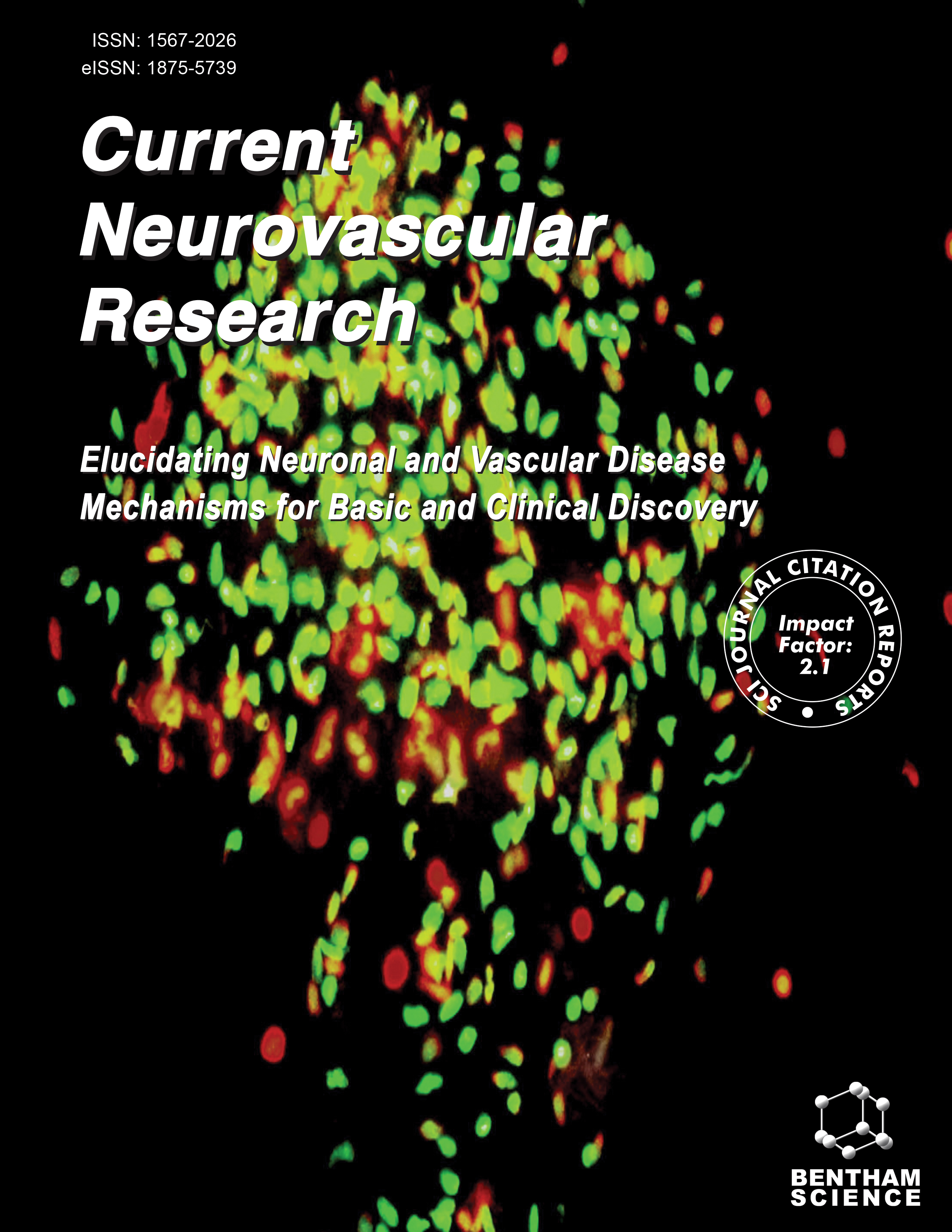
Full text loading...
We use cookies to track usage and preferences.I Understand
Parkinson's disease is an illness marked by a gradual mitigation of dopamine neurons within the substantia nigra, which eventually leads to a deficiency of dopamine that further gives rise to mobility as well as cognitive impairments. Through long-established traditions, a wide array of Traditional Chinese Medicines (TCM) have undergone testing and are employed to avoid neurodegenerative disorders. Plumbagin is the primary active component of a medication called Baihua Dan or Plumbago zeylanica L., which is clinically used in China.
This study investigated plumbagin-induced alterations in a Parkinson's disease rat model instigated by subcutaneous rotenone injection.
Male rats were administered subcutaneous injections of rotenone at a dosage of 1.5 mg/kg, followed by the treatment with varying doses of plumbagin (10, 20, and 40 mg/kg) through the oral route. The rats underwent various motor ability tests, including the actophotometer, rotarod, open field, beam walk, gait evaluation, ability to grip, and catalepsy bar tests. Furthermore, the brain dopamine level was then estimated for the extracted tissues. Also, through molecular docking, the binding effectiveness of plumbagin was assessed for human MAO-B. After that, plumbagin was put through 100 ns of molecular dynamic simulations to examine the stability of its conformational binding to the target protein. Furthermore, ADMET tests were used to verify Plumbagin's druggability.
Plumbagin was found to alleviate rotenone-induced motor abnormalities and restore brain dopamine levels. Furthermore, plumbagin showed excellent interactions with MAO-B (monoamine oxidase-B) when compared with selegiline (a standard drug for Parkinson’s disease).
These findings underscore the potential therapeutic efficacy of plumbagin in mitigating behavioural deficits in rotenone-induced rodents. Considering this, plumbagin might be a feasible pharmacological strategy for the control of rotenone-triggered behavioural impairment in rats (in vivo), and it might display interesting interactions with MAO-B (in silico).

Article metrics loading...

Full text loading...
References


Data & Media loading...

